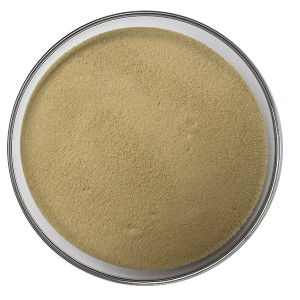Characteristics of disperse dyes:
Unlike many other types of dyes, disperse dyes are much less water-soluble than other dyes such as acid dyes. Therefore, disperse dyes are more commonly used in dyeing bath solutions. Tamol NN works best when the dyeing process is carried out at high temperatures. Specifically, solutions around 120°C to 130°C give optimal performance to disperse dyes, making them more evenly distributed and eye-catching, while Tamol NN may result in uneven and less colorful coloring at lower temperatures.
What are the uses of disperse dyes? Tamol NN
Because of their chemical properties and the behavior detailed above, disperse dyes are commonly used to dye synthetic fibers, such as polyester, nylon, acrylic, and acetate. Most forms of polyester are hydrophobic and lack ionic properties, making them almost impossible to color with anything other than disperse dyes.
In addition, polyester fibers do not expand at conventional temperatures even when immersed in a dye bath, making it difficult for dye molecules to interact with the material. Even at the boiling point temperature (100°C), dyeing of polyester has problems.
Therefore, when dyeing polyester, disperse dyes are used in dyeing bath solutions at temperatures 20 to 30 degrees higher than the boiling point of dyeing bath solutions. Disperse dyes are known to maintain their molecular integrity at the high temperatures required for coloring polyesters. For the same reason disperse dyes are used to dye polyesters, they are also used to dye other non-ionic synthetic materials. The fact that disperse dyes do not have cationic or anionic tendencies is probably the most categorizable property of disperse dyes.
Disperse dyes can also be used in resins and plastics for surface and general coloring purposes.

Post time: May-30-2022

